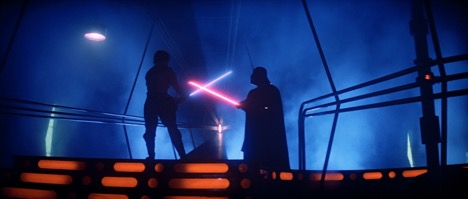Rear Window Discussion: 1954

How did LB Jefferies break his leg? He was at a racing event for his photography career and broke his legs in an accident. What is the significance of always being in Jefferies’ window? To relate with the character. We see everything from his perspective and start to feel the inability to move. Would Jeffries have caught Lars if he wasn’t injured and in his wheelchair? Why or why not? No. He catches Lars only because of his injury. If he wasn’t injured, Jeffries would have not been looking out the window. How would your perception of the story change if the camera moved without Jeffries? In other words, if we saw more of the action without seeing through Jeffries' lens, what might change? The film is a character study of Jeffries in my opinion. If the camera moved it would be more of a thriller or different genre of story. How does the movie portray social norms and gender roles in the 50s? People in the 50s would get married at a much hi...

